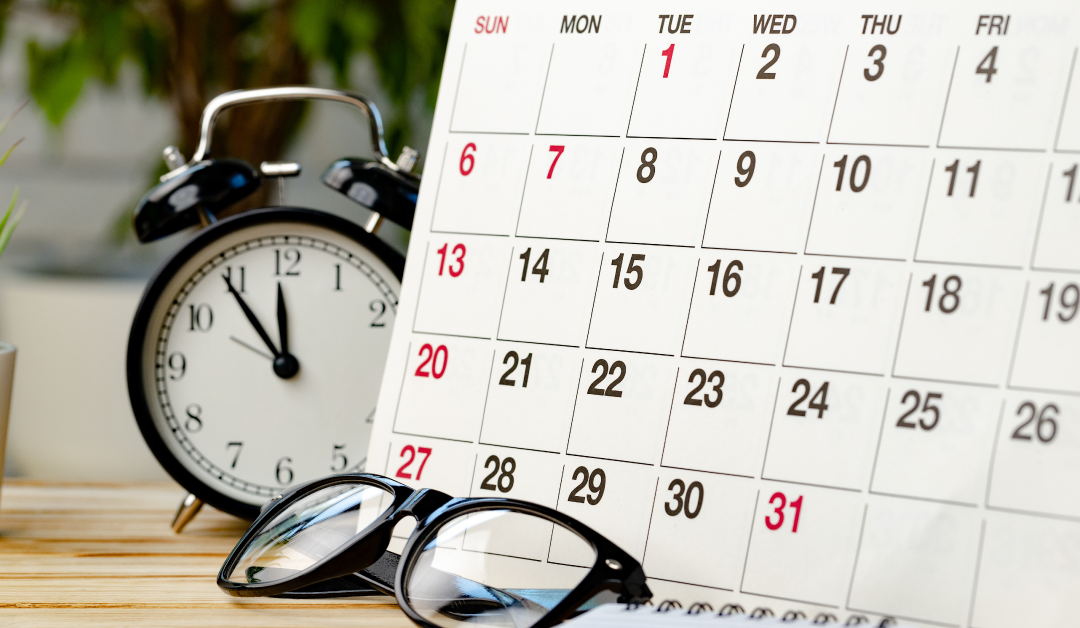Retirement offers something most of us have long wished for—more time. But with that gift often comes a surprising challenge: how to use it meaningfully without feeling overwhelmed or adrift. Without the structure of a work schedule, some retirees find their days either too full or too idle, leading to fatigue, restlessness, or even boredom.
Creating a daily rhythm that balances both rest and activity can improve not only how we spend our time, but also how we feel. It’s not about rigid schedules—it’s about designing a day that works for your body, mind, and lifestyle. This balance leads to greater satisfaction, improved health, and a deeper sense of purpose.
Start by Listening to Your Natural Energy Cycles
Everyone has natural patterns of alertness and fatigue throughout the day. These are often referred to as circadian rhythms and are influenced by everything from light exposure to meal timing. For retirees, tuning into these internal cues can help shape a routine that feels effortless rather than forced.
Try noting when you feel your sharpest—morning, mid-day, or evening—and schedule your most active or mentally demanding tasks during those windows. Likewise, pay attention to when you feel sluggish or tired, and let those times be your built-in moments for rest or recovery. A little self-awareness goes a long way in creating a routine that supports you rather than drains you.
Use Anchors to Build Structure Into Your Day
Rather than planning every hour, use natural “anchors” to build a flexible but supportive daily rhythm. Anchors are reliable, recurring events that give shape to the rest of your day. They help ground your routine while leaving room for spontaneity and rest.
Here are some helpful anchors to consider:
- Morning rituals, such as coffee, journaling, or stretching
- Mealtimes, which naturally divide the day into manageable segments
- Short walks, especially after meals to aid digestion and reset focus
- Social check-ins, like phone calls or local meet-ups
- Evening wind-down routines, including reading or meditation
By placing these anchors at consistent times, your day gains structure without becoming rigid. These touchpoints also make it easier to balance active and restful moments throughout.
Understand the Importance of Physical and Mental Balance
A well-balanced day includes a mix of physical activity, mental engagement, and restorative downtime. Skewing too far in any one direction can lead to imbalance. For example, too much rest without stimulation can lead to fatigue or disengagement, while too much activity can cause stress or burnout.
According to the Centers for Disease Control and Prevention (CDC), adults aged 65 and older should aim for at least 150 minutes of moderate-intensity aerobic activity per week, along with muscle-strengthening activities on two or more days (CDC, 2023, Physical Activity for Older Adults, https://www.cdc.gov/physicalactivity/basics/older_adults/index.htm). This translates to roughly 20–30 minutes of movement a day—easily achieved through walking, swimming, gardening, or group classes.
Mental activity is just as important. Crossword puzzles, reading, creative hobbies, or learning something new all contribute to a sharper mind and greater satisfaction over time.

Create Space for Rest Without Feeling Unproductive
Rest is not laziness—it’s a critical part of a healthy routine. For many, especially after decades of working full-time, it can be difficult to rest without feeling like time is being wasted. But incorporating intentional rest can actually make your active moments more enjoyable and sustainable.
Some ways to rest with purpose include:
- Short afternoon naps, ideally 20–30 minutes to boost energy
- Quiet time after meals, such as reading or listening to music
- Mindfulness activities, like deep breathing or stretching
- Nature time, even just sitting outside for 10–15 minutes
Balancing rest doesn’t mean doing nothing—it means choosing activities that restore you physically or mentally. The goal is not to fill every moment but to make space for recovery and reflection.
Adjust and Evolve With Your Needs
The rhythm that works today may not work forever—and that’s okay. Seasonal changes, health shifts, and life transitions all influence how your day feels. The most successful routines are those that are flexible and responsive, not fixed.
Check in with yourself regularly. Are you feeling tired too often? Is your mind overstimulated or underutilized? Are your days full but not fulfilling? If so, a small shift—like moving your walk to a different time, or switching your evening TV time to reading—can bring surprising relief. View your daily rhythm as a living framework, not a finished product.
Live Each Day With Intention and Ease
Finding a daily rhythm after 60 is less about managing time and more about honoring what your body, mind, and spirit need. When your day includes a blend of movement, thought, connection, and recovery, it naturally leads to greater fulfillment and well-being.
There’s no perfect schedule—but there is a rhythm that’s perfect for you. By experimenting with routines, listening to your natural energy, and allowing room for both rest and activity, you can create a day-to-day life that supports joy, health, and purpose—every day of your retirement journey.











